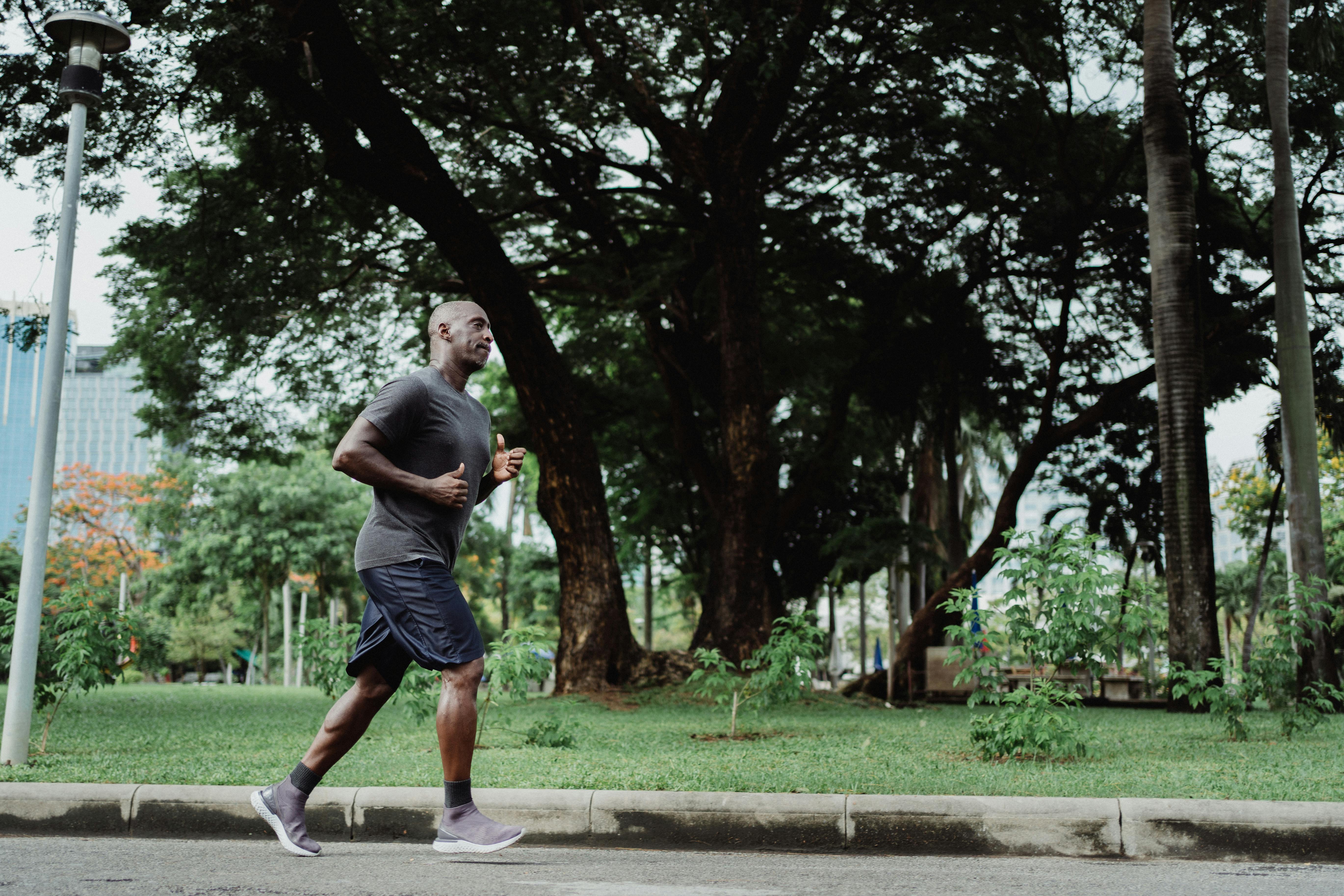Full Blowed Adult Size Bangeroo-Headaches
Headaches: One of the top ten reasons to seek outpatient care
This description of headaches was made famous by Robert Ulrich’s Excedrin commercials nearly twenty years ago, and echoes the ongoing, all-encompassing pain that many suffer from today.
Headache patients account for 9 million visits to primary care physicians annually, and among all outpatient visits, headache ranks as the number seven reason for seeking care. More than 45 million Americans suffer from some type of headache. The peak incidence of this condition affects people in the most active and productive periods of their lives between the ages of 25 and 55. Functionally, headaches have a devastating effect on quality of life. According to the RAND Quality of Life Instrument for short, migraine sufferers experience a lower quality of life than other chronic conditions, such as arthritis, diabetes, back pain, and depression.
We are not talking about a simple Brain Freeze
Baskin Robbins has its 33 flavors of brain freeze and headaches come in 27 different varieties. For simplicity, these types are divided into three main types: (1) vascular (migraine), (2) tension-type, and (3) traction and inflammatory. True vascular and inflammatory headaches are usually controlled with medications and strategies to identify/modify triggers. A common subtype of tension headache, cervicogenic headache, often has a musculoskeletal component. The World Cervicogenic Headache Society defines this type as “referred pain perceived anywhere in the head caused by a primary nociceptive source in the musculoskeletal tissues innervated by cervical nerves.” Symptoms of this type of headache commonly begin in the neck and radiate to the head. The pain can be dull, a deep ache or severe and intense. Headaches may be present upon waking or begin or worsen throughout the day, especially with sustained neck postures. History of neck trauma may or may not be involved.
Sources of pain/dysfunction
The cervical (neck) facet joints have been recognized as a source of cervicogenic headache. Specifically, the upper three cervical segments are capable of referring pain to the neck, base
of the skull and temples. Neck mobility testing with manual therapy has been used to identify joint motion disturbances and reproduce head and neck pain. A study of this exam by Jull found it to be as accurate as radiologically controlled diagnostic blocks in detecting symptomatic joints in the cervical spine. While muscle tension has not been shown to be a strong feature of these headaches, decreased strength and muscular endurance is commonly associated with CGH.
Diagnostic criteria
The following Criteria were established by the International Headache Society for the diagnosis of cervicogenic headache. All categories (AD) must be met to make a diagnosis.
A. The pain is localized to the neck and occipital region and may radiate to the forehead, orbital region, temples, vertex, and ears.
B. The pain is precipitated or aggravated by special neck movements or sustained neck posture.
C. At least one of the following:
on. Resistance or limitation of passive movements of the neck
B. Changes in the contour, texture, tone, or response of the neck muscles to active and passive stretching and contraction.
against Abnormal tenderness of the neck muscles
D. Radiological examination reveals at least one of
The next
on. Alterations of movement in flexion/extension
B. abnormal posture
against Fractures, congenital anomalies, bone tumors, RA, other pathology except spondylosis and osteochondrosis
effective treatment
Manual physical therapy of the cervical spine has been shown to be effective in relieving or reducing the occurrence of CGH. After treatment, improvements in headache frequency, duration, and intensity were seen. A reduced need for analgesics has also been reported in the literature.
